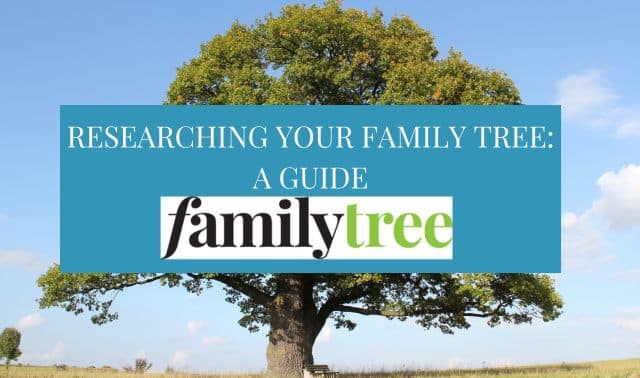Sign up for the Family Tree Newsletter! Plus, you’ll receive our 10 Essential Genealogy Research Forms PDF as a special thank you.
Get Your Free Genealogy Forms
"*" indicates required fields
How do I list divorces on family tree charts?
Q: I’m confused. Do I put the names of divorced relatives on a family tree chart if they have biological children on the chart? If the descendant remarried and had children with another spouse, do I list them separately with the descendant?
A: It depends whether you’re putting together a family tree for research purposes or for another reason, such as a decorative display.
For genealogy research, you’d record all this information, but not on one chart. On your five-generation ancestor chart, you record only your biological ancestors—parents, grandparents, great-grandparents, etc. No aunts, uncles, cousins or siblings. Spouses or partners who aren’t your ancestors aren’t listed, either.
That means you’d put your mom’s biological parents on a five-generation chart even if they divorced and remarried other people. Also, because no siblings are listed on a five-generation chart, you don’t have to worry about any half-siblings or stepsiblings your mom may have.
You’ll record siblings and other spouses on a family group sheet for each family. Here, you write the parents and children of a nuclear family; this form also has spaces to name each parent’s previous or subsequent spouses. If your grandmother was widowed before she met your grandfather, you’d make two family group sheets for her: One for your grandmother with her first husband and their children, and another for your grandmother with your grandfather and their children.
You may be thinking that five-generation charts aren’t very adaptable to blended, adoptive and other nontraditional families. In a purely genealogical sense, ancestors are biological parents, grandparents, etc., whether or not they lived with their children. But if you want to trace your adoptive or stepfamily, you can find charts designed for nontraditional families, such as our adoptive family tree or our stepfamily family tree. You also can record people on a traditional five-generation chart, though we recommend clearly indicating the step or adoptive relationships.
If you’re filling out a decorative family tree for display or a baby book, rather than one for your personal research, how you handle relationships is really up to you. We do recommend that to prevent confusion for future family historians, you indicate relationships clearly and/or also keep a five-generation pedigree chart with biological relationships.
If you’re designing your own tree, you can use dashed or colored lines (similar to those on a type of family map called a genogram) to indicate various types of relationships.
How do I list remarriages on family tree charts?
Q: I was wondering how to document if a family member was married, had children, divorced and remarried. How do you document that in a family tree and be fair to all parties?
A: Most family tree charts show facts about people, with no unfairness. Let’s call your much-married person John Smith. Here’s how two types of charts would handle his spouses.
A pedigree chart shows one person’s ancestors. If John Smith is an ancestor of person one on the chart, it will show only the wife who is also that person’s ancestor. If person one is John, you can list all his spouses.
A family group sheet shows one married couple and their shared children, with space to list other spouses. Create one family group sheet for John and his first wife, and another for John and his second wife. If they had no children, you can still make a family group sheet showing their marriage information.
Most genealogy computer programs and online family tree builders allow you to enter all of a person’s spouses and children, and attach the children to the proper parents. Most programs will also print out charts.
When entering family information, don’t forget to document it by citing sources — in this case, marriage records, divorce records and birth records.
Christine Crawford-Oppenheimer and Emily Anne Croom
Related Reads
A version of this article appeared in the June 2002 issue of Family Tree Magazine.








